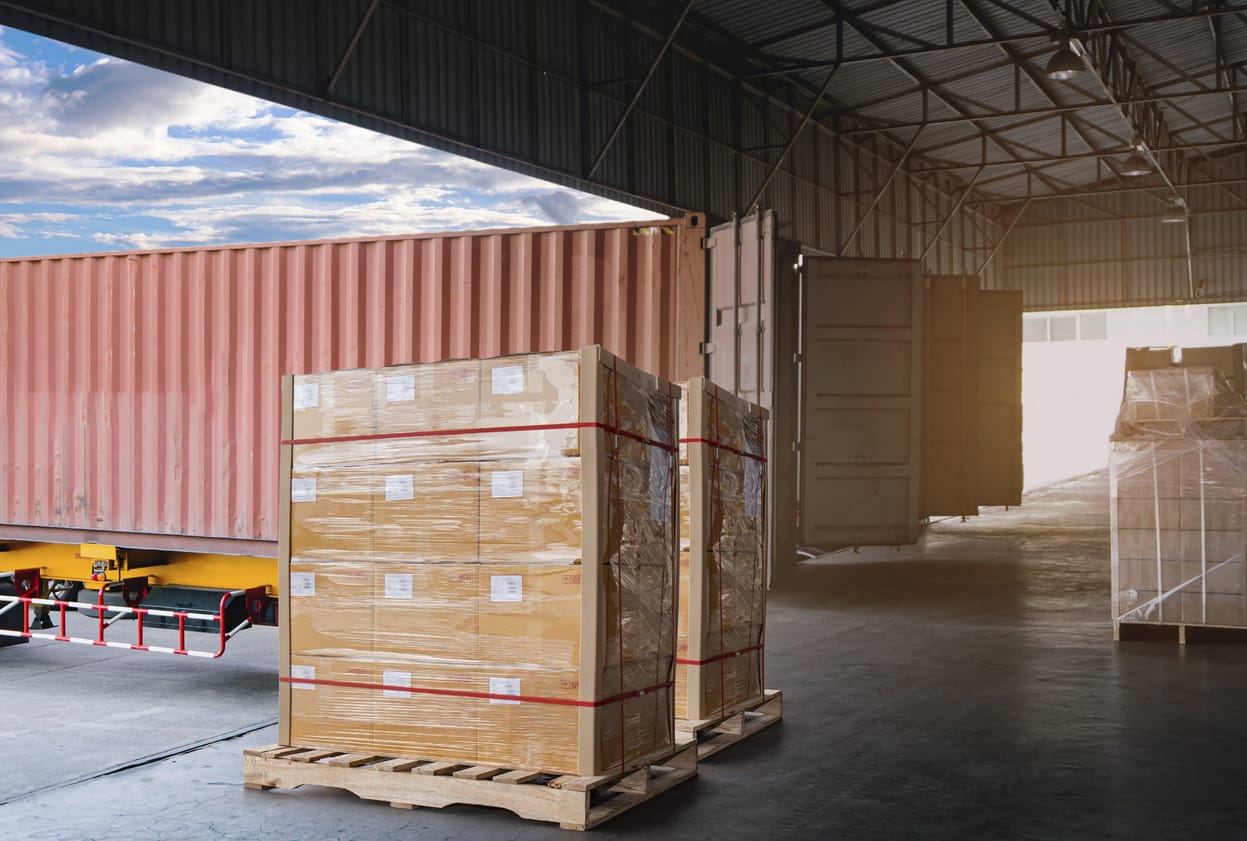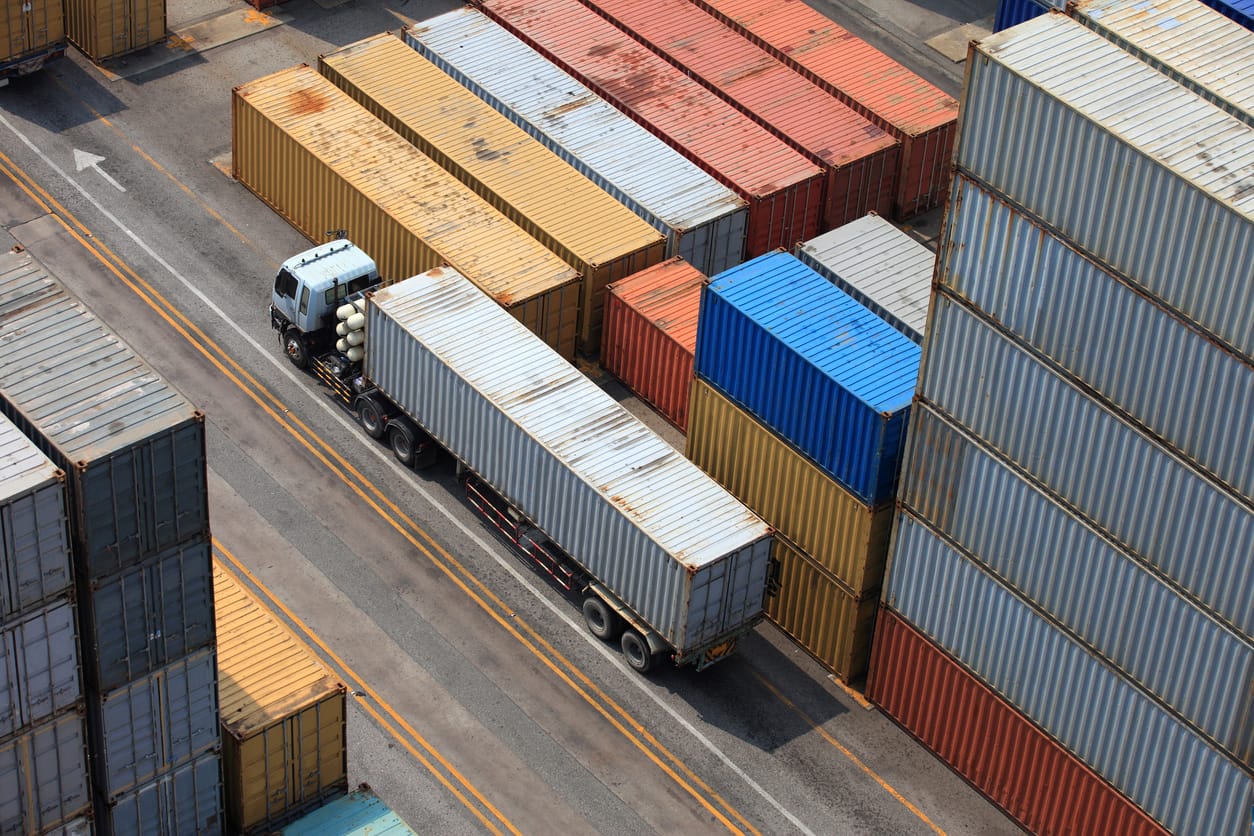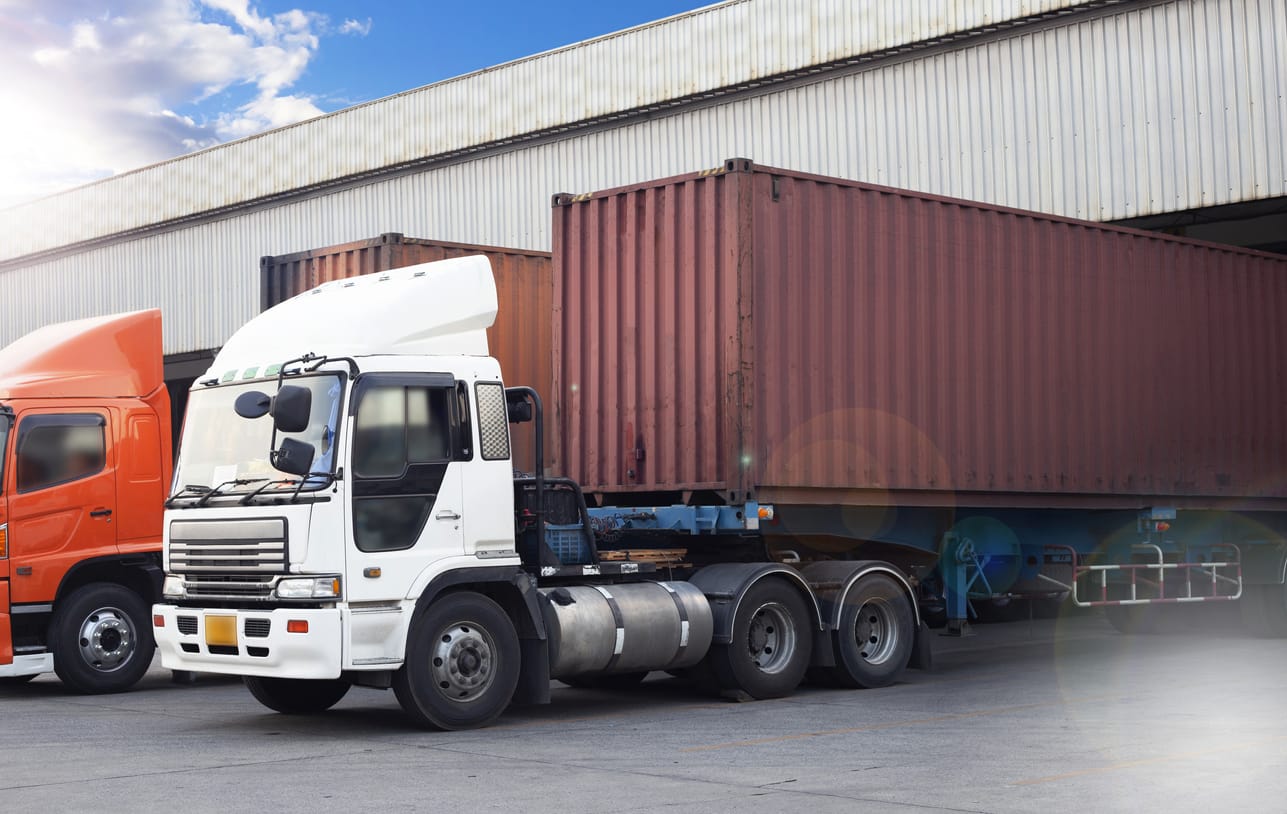Freight shipping involves the transportation of large cargo from one business to the next. It does not include goods that directly go to a client’s home from online shopping but involve bulky orders which could be local or international. It happens by road, rail, or by air. Although moving bulky goods might seem exhausting, it is simpler than you could ever imagine in today’s world. If you are new to the freight shipping industry, it can be hard to understand some of the terminologies used. Most of them are perplexing, and it is important to know these terms if you want a smooth process and also understand the role each plays. The major terms used are consignor, consignee, and consignment. A consignment refers to a batch of goods destined for delivery by air, road, or rail. One of the parties gives the goods to another party who retains full ownership of those items until they sell them. Read on to understand more about consignor, consignee, and what makes each role unique.

There are two types of parties in freight shipping: a consignor and a consignee. These terms are consistently used in this industry which might leave many wondering why the companies do not use the terms; shipper and receiver. A consignor is the shipping company responsible for sending a parcel to the customer. It could be a distribution center, factory, or drop ship origin location. If shipping internationally, the consignor is the exporter of the products.
On the other hand, a consignee refers to the person receiving the items shipped. Simply put, a consignee is a customer or client to which a certain company sends goods and the product’s ultimate owner. In international shipping, a consignee is the importer of all international shipments. Therefore, freight shipping uses the terms consignor and consignee because these companies ship their products on a consignment basis. It prompts the cargo owner to consign the shipment to the freight firm to take the product to the consignee.

Every consignment in freight shipping must have the two parties in a document well-written by the transporter or the carrier. Below are some of the key points that differentiate the two parties:
- The consignment ownership stays with the consignor until the consignee pays the full amount for the goods.
- Consignee refers to the person receiving the goods, whereas the consignor refers to the sender.
- Sometimes, a consignee could be an agent acting on the consignor’s behalf but can act as a client or the buyer.
However, before shipping the goods, a shipping agency must release a legal document to the shipper for the transportation process. The document is referred to as a Bill of Lading (BOL). The goods’ ownership remains the same and only changes after they get to the recipients, who sign a Bill of Lading (BOL).

A Bill of Lading (BL or BOL) refers to a legal document the transportation company provides to the shipper. It contains quantity information, the destination of items transported, and the quantity. Air, land, and water transportation are all shipping methods using lading bills. There are different elements of BOL, as indicated here:
- The shippers’ address and name
- The name and the address of the receiver
- The reference number
- Pick-up date
- The order description includes the goods’ quantity, nature, and dimensions.
- Any special instructions
- The packaging details of the items used in the packaging process, such as crates, drums, or more.
- The gross weight of the items

Different types of bills of lading are influenced by factors such as the person who issues it, its purpose, and the relationship between the seller and the buyer. These are the three major BOLs based on the transportation method:
- Rail Waybill: It works if you transport goods using the railway, as the name suggests. The shipping company prepares the rail waybill once they receive the instructions from the consignor.
- Air Waybill: These documents are used to transport goods by air. It is a standard non-negotiable transportation contract distributed by the International Air Transport Association (IATA).
- Road Waybill: You need a carrier document while transporting goods on the road. Forwarders and drivers use this international consignment if the goods might be transported by road internationally.

The shipping process is intricate due to lots of paperwork and many procedures. You must choose people who provide you with the right shipping services to match your needs. By understanding who a consignee and a consignor are, you will be better at managing to ship your products and keeping your business running. However, using a freight shipping company that knows the right ways to go through this process makes the procedure smooth and quick. Get a quotation today by contacting our company at the earliest when shipping locally or internationally.




